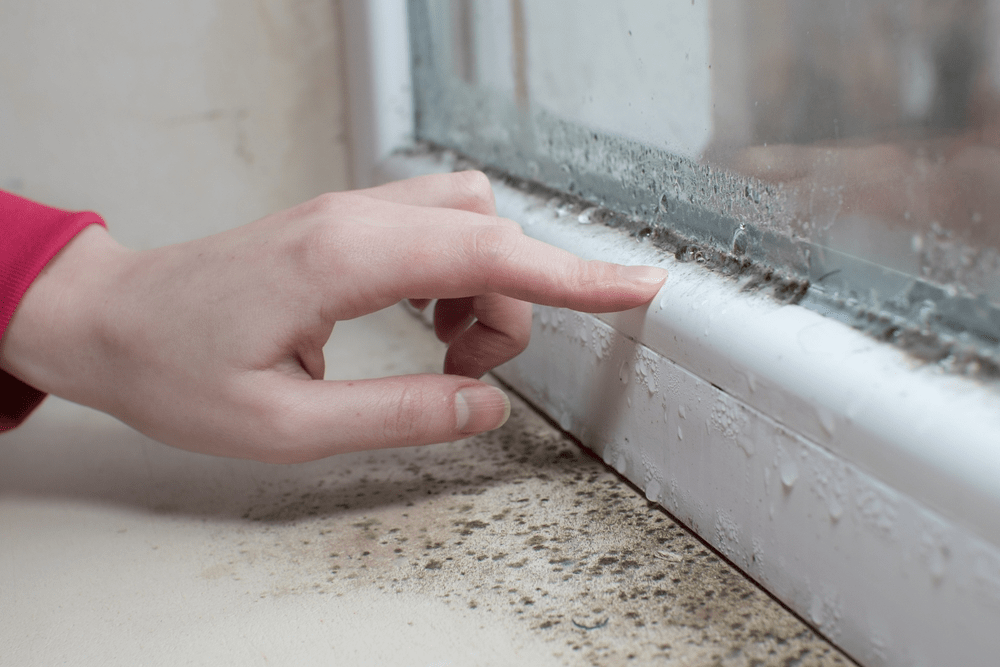Winter storms can bring more than just icy roads and freezing temperatures—they can also lead to serious water damage in your home. When pipes burst, roofs leak, or flooding occurs, the moisture left behind can quickly become a breeding ground for mold. Acting fast is crucial to prevent costly repairs and health hazards. If you’re facing winter storm water damage, here’s how to fix it before mold takes hold.
Assess the Damage and Act Quickly
The first step in addressing water damage is a thorough inspection. Check for leaks, damp areas, or standing water in basements, attics, walls, and floors. If water is still entering your home, locate the source and stop it immediately. This could mean shutting off your water supply in the case of a burst pipe or patching up a damaged roof to prevent further leakage. A fast response is essential, as mold can start growing within 24 to 48 hours in damp conditions.
Remove Excess Water and Dry the Area
Once the source of the water has been controlled, focus on removing excess moisture. Use a wet/dry vacuum, towels, or a sump pump to extract standing water. Open windows and doors to improve ventilation, and use fans and dehumidifiers to speed up the drying process. If the damage is extensive, consider reaching out to a professional construction company in New Orleans to ensure proper drying and restoration.

Check for Hidden Moisture and Structural Damage
Even after surface water is removed, moisture can linger in walls, insulation, flooring, and ceilings. If left unchecked, this hidden moisture can lead to mold growth and structural weakening, requiring mold remediation to prevent further damage. Inspect drywall, wooden beams, and carpeting for signs of dampness or warping. In severe cases, materials may need to be replaced to prevent long-term damage. A professional contractor can assess the structural integrity of your home and recommend the best course of action.
Clean and Disinfect to Prevent Mold Growth
Mold thrives in damp environments, so taking preventive measures is crucial. Clean and disinfect all affected areas using a mixture of water and bleach or a commercial mold-killing solution. Pay extra attention to porous materials like carpets, upholstery, and drywall, as mold can penetrate deep into these surfaces. If mold has already begun to form, it may be necessary to remove and replace contaminated materials to prevent further spread.
Repair and Restore Your Home Properly
After drying and disinfecting, it’s time to restore any damaged areas. This may include replacing drywall, repainting walls, repairing flooring, or even addressing structural concerns. If the damage is extensive, working with a reliable construction company in New Orleans can ensure that repairs are completed safely and efficiently. Professional contractors have the expertise to rebuild damaged areas while also reinforcing them to prevent future water damage.
Prevent Future Water Damage
While winter storms can be unpredictable, there are steps you can take to protect your home from future water damage. Insulate pipes to prevent freezing and bursting, ensure your roof and gutters are in good condition, and check for any cracks or weak spots in your foundation. Investing in proper home maintenance now can save you from costly repairs later. Additionally, having a trusted construction company in New Orleans on hand for emergency repairs can provide peace of mind when severe weather strikes.
Don’t Wait—Take Action Now
Water damage from winter storms can quickly escalate into a serious problem if not addressed promptly. From structural weakening to dangerous mold growth, the longer you wait, the worse the damage can become. If your home has been affected, don’t hesitate to seek professional help. At Legacy Construction and Development, we specialize in home restoration and repairs, ensuring that your property is safe, dry, and protected from future damage. Contact us today to get started on your restoration process before mold takes hold.

